
Chief Technology Officer, GovSmart, Inc.
With my PhD specializing in Atomic Physics at The University of Virginia and dual honors bachelor’s degrees in physics and electrical engineering and a minor in mathematics from Old Dominion University, I employ my research, physics, engineering, mathematics, and computer science skills to innovate and problem solve. These skills are utilized in my current position as Chief Technology Officer at GovSmart, Inc. and as a technology company owner.
Education

Ph.D. Physics
University of Virginia
2015-2020
Charlottesville, Virginia
M.A. Physics
University of Virginia
2015-2018
Charlottesville, Virginia

B.S. Physics —
Minor Mathematics
Old Dominion University
2010-2014
Norfolk, Virginia
B.S. Electrical Engineering
Old Dominion University
2010-2014
Norfolk, Virginia

Ph.D. Physics |
M.A. Physics |

B.S. Physics —
|
B.S. Electrical Engineering |
University of Virginia
2015 – 2020
Charlottesville, Virginia
University of Virginia
2015-2018
Charlottesville, Virginia
Old Dominion University
2010-2014
Norfolk, Virginia
Old Dominion University
2010-2014
Norfolk, Virginia
Skills & Expertise
Research Capabilities
- RF System Design & Analysis
- Lasers & Optics
- High Vacuum Systems
- Signal Processing
Laboratory Tools
- XAMPP
- Logic Analyzer
- Oscilloscope
- Multimeter
- JTAG & J-link
Computer Hardware & Software
Operating Systems
Microsoft Windows, Linux & UNIX, Macintosh, VxWorks
Software
Matlab, Mathematica, AutoCAD & Inventor, Adobe Suite, Wireshark, IAR Embedded Workbench
Programming Languages
C & C++, Python, Perl, LabVIEW, VHDL, HTML, PHP, Javascript, CSS, SQL, LATEX
Embedded Firmware & Networking
Architectures & Protocols
ARM, HTTP, USB, OHCI, SCSI, FAT, UART, SPI, I2C
Debugging Tools
JTAG, J-Link, Logic Analyzer, Memory Management
Curriculum Vitae
GovSmart, Inc. |
 |
Chief Technology Officer
2020 – Present
Responsible for the identification of products and services, building partnerships, and leading innovation. These practices are applied internally, and will regularly be used to help customers solve complex technical problems and business challenges.
Smartec, LLC |
 |
Owner
2014 – Present
Technology Consulting — Smartec, LLC provides technologies for business, manufacturing, products, inventions, design, research, and development within the construction, medical, information technology, defense, aviation, energy, and many other fields. Smartec, LLC provides solutions when it comes to software engineering, systems engineering, electrical engineering, wireless network/devices, communications, and general problem solving. We use our physics, engineering, mathematics, and computer science knowledge to provide tomorrow’s technology today.
Space Systems/Loral |
 |
Systems Engineer – Payload Design & Satellite Communications
2014 – 2015
Eutelsat 65 West A Ka-band and Ku-band repeater subsystem design, implementation, analysis, and testing of radio frequency (RF) systems with
- Spurious Signal Analysis
- RF Gain/Loss Budgeting for Main and Redundant Devices
- RF & Thermal Power Considerations
- Design Review and Technical Document Preparation
- Development of Tools to Greatly Increase Accuracy and Productivity Over Previous Methods
- ITAR & EAR Compliance Training
The Eutelsat 65 West A satellite launched in March 2016 on an Ariane rocket. The Ku-band payload supplies DTH reception of digital and high definition channels and the Ka-band supplies broadband access to Latin America primarily for the Brazilian market and the 2016 Olympic Games in Rio, Brazil.
Christopher Newport University |
 |
Assistant NCAA Tennis Coach
2015 – 2016
Traditionally, collegiate tennis programs rely on recruiting and on-court tennis instruction/coaching. These generally do not require uses of high-technology; however, I found that these two aspects could be greatly improved and optimized with the use of technology.
- Software was written to mine the data of national and international tennis player prospects for further contact.
- Acquired slow-motion, high frame-per-second (FPS) cameras to analyze and constructively critique tennis stroke motion. This is both useful for a coach to analyze, but also allow the player to analyze and see areas that can be improved firsthand.
- Wrote software to rank players within a team based on inter-squad match results. This helped team morale by using a quantitative method to determine ranking as opposed to the solely a coach’s qualitative choices.
Christopher Newport University Men’s Tennis achieved a ranking of #28 while utilizing these methods.
Old Dominion University Physics Department |
 |
Atomic Physics & Nuclear Physics Researcher
2010 – 2014
Thesis: Cosmic Ray Tracking and Calibration of Jefferson Lab CLAS12 Region II Drift Chamber
The Thomas Jefferson National Accelerator Facility (Jefferson Lab) upgraded its electron beam energy from 6 GeV to 12 GeV to achieve new energy domains. This 12 GeV upgrade required apparatus and equipment upgrades as well. The Continuous Electron Beam Accelerator Facility (CEBAF) Large Acceptance Spectrometer (CLAS12) detector, an the upgraded apparatus, is able to probe “new” physics specifically involved with of the Generalized Parton Distributions (GPDs).
I helped to construct the drift chamber portion of the CLAS12 detector along with testing, calibration, and development of high energy particle tracking software using Cosmic Rays.
Second Order Correlation Function for Quasi One-Dimensional Anderson Localization
One major hurdle with quantum information and computation is sufficient memory storage time. Trapping light in an atomic lattice may be able to solve this problem. A feasibility study was performed to analyze the correlation of light using a simulated atomic lattice.
Nuclear Magnetic Resonance Radio Frequency (RF) Control Software
A LabVIEW Graphical User Interface (GUI) was developed as control software for Jefferson Laboratory Radio Frequency hardware to automate the control process.
Physics Teaching Fellow
Was awarded the Old Dominion University Physics Department Teaching Fellowship for my role as a teaching assistant and grading assistant in a scale-up introductory physics lecture and laboratory class. Additionally provided tutoring to the university community.
University of Virginia |
 |
Ph.D., Research Assistant & Teaching Assistant Supervisor
2015 – Present
Doctor of Philosophy (Ph.D.) and Master of Arts (M.A.) in Physics. In addition to post-graduate coursework specializing in Atomic, Molecular, and Optical Physics at The University of Virginia, I have taken on roles such as research assistant and physics laboratory teaching assistant supervisor.
Current research: Bose-Einstein condensate atom interferometry and high angular momentum Rydberg states. These topics have applications to atomic parity violation research and aerospace inertial sensing.
Collaborations: International Space Station (ISS) Cold Atom Laboratory and DARPA/Northrop Grumman/ColdQuanta Precision Cold Atom Inertial Sensor
Governor’s School for Science & Technology |
 |
Professor,Research Methodology & Engineering Ethics
Mentorship Supervisor
2014 – present
Instructed classes in Research Methodology & Engineering Ethics to gifted high school students. The class consisted of lectures to gain a fundamental understanding and overview of the class material followed by dialogue facilitated by the Socratic method to understand the nuances of forming logical arguments and understanding complex ethical issues.
Helped motivated high school students realize scientific and engineering goals by lending a helping hand with challenging technical projects and mentored senior student research projects guiding students through physics, engineering, research, and software development processes. The most recent and notable project being computer vision with some aspects of machine learning.
Stony Brook University Physics Department — Metcalf Group |
 |
Researcher
2013
Optical forces on atoms are a key principle in laser cooling and trapping of an atom species. Traditionally, single frequency light has been used to drive atomic transitions and impart momentum on the atom. This has one significant drawback — spontaneous emission by the atom — limiting the force that can be applied. Adiabatic Rapid Passage (ARP) gets around this problem because it is relies on stimulated emission, rather than spontaneous emission. This allows for greater operator control and larger, more robust forces on atoms.
As a researcher, opto-mechanical and electro-optical devices were used in conjunction with commercial telecommunications fiber-optic amplifiers to shape, frequency & amplitude modulate, and amplify the light field for application onto a metastable He beam.
Old Dominion University Computer and Electrical Engineering Department |
 |
Electrical & Computer Engineering and Semiconductor Physics
2013 – 2014
Design and Testing of Multicharged Ion Transport Line and Diagnostic System
Multicharged Ions are of interest because they can be used in nanofabrication and nanoprocessing. These multicharged ions must be targeted and deposited on a substrate; in order to do this, a transport line consisting of an Einzel Lens and Electrostatic Energy Analyzer was designed and tested. Therefore, electrodynamics and ion optics were heavily employed as well as metal fabrication and testing/analysis of the equipment and data.
Microelectronics Semiconductor Device Design & Fabrication
Experiments include wet and dry thermal oxidation of silicon, n-type solid state diffusion, thin film deposition by sputtering, photolithography, and etching. Diffused resistors, diodes, MOS capacitors, and n-channel MOSFETs were fabricated and characteristics of these devices were measured & analyzed.
Three Dimensional Model Printer Construction for Use with Conducting Materials
Three dimensional printers were first emerging into the research sphere, before commercialization. Research was conducted in three dimensional printing of conducting materials for easier printing of circuit boards without harsh chemicals and three dimensional circuit boards to reduce size.
National Aeronautics and Space Administration (NASA) |
 |
Data Science and Polymer Science
2008-2012
National Lightning Detection Network Data Processing
Modern aircrafts are fabricated with lightweight composite materials, in contrast to their aluminum-bodied predecessors. The aluminum body of the older aircrafts provided shielding to sensitive components within the aircraft in the event of a lightning strike. With less-conductive composite material bodies, that shielding is not present allowing for strong electromagnetic fields to present within the cabin. Lightning strike data from early testing with aluminum aircrafts was recovered and analyzed for use with further NASA materials research.
Infrasonic Sensor Array Measurement System
An infrasonic detection system was developed through the installation of an array of sensors, collection of data, and data analysis.
Soluble Imide Polymer Materials Processing
Efficient mixing of a growing polymer chain in a chemical reactor vessel is a function of stir speed, stir paddle shape, and solution viscosity. Several stir paddles were designed to increase turbulence and decrease shear and laminar flow to yield a polymer with the greatest thermal and tensile properties.
Latest Research & Projects

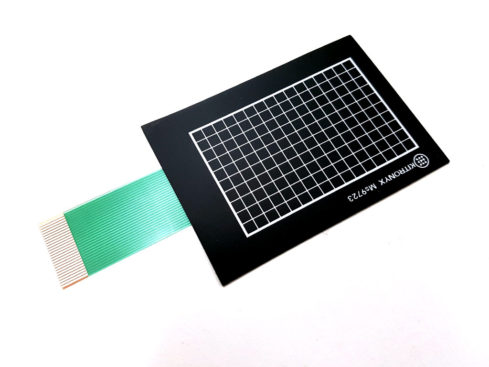
Infrasonic Measurement System Development
Electrical Engineering, Physics, Systems Engineering view
view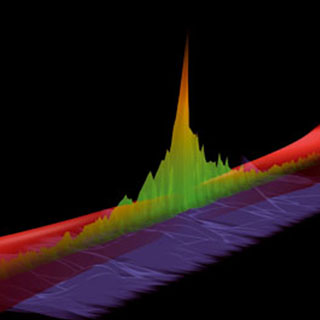 view
view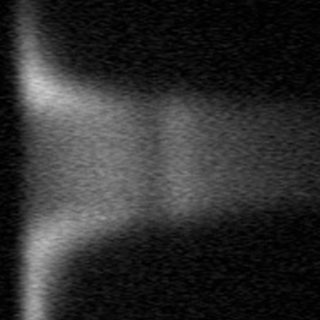
Optical Forces from Adiabatic Rapid Passage and Bichromatic Light
Optics, Photonics, PhysicsSemiconductor Device Design and Fabrication
Electrical Engineering, Semiconductor Physics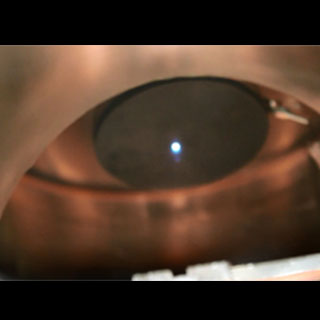
Design of a Multicharged Ion Transport Line and Diagnostic System
Electrical Engineering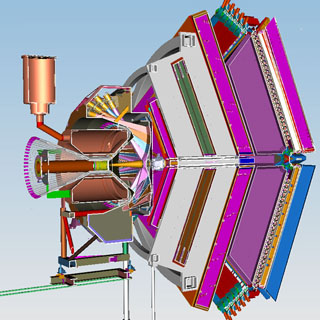
Cosmic Ray Tracking and Calibration of Jefferson Lab CLAS12 Region II Drift Chamber
Data Science, Physics
National Lightning Detection Network Data Processing for NASA
Data Science, Electrical Engineering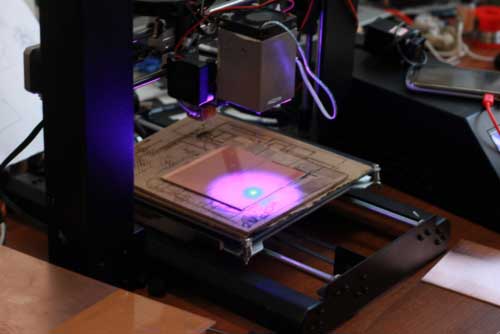
Three Dimensional Model Printer Construction for Use with Conducting Materials
Electrical Engineering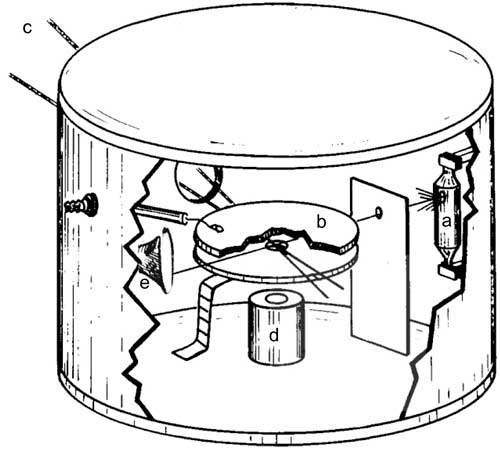 view
viewContact Seth Berl Now!
Copyright © Seth Berl 2020


